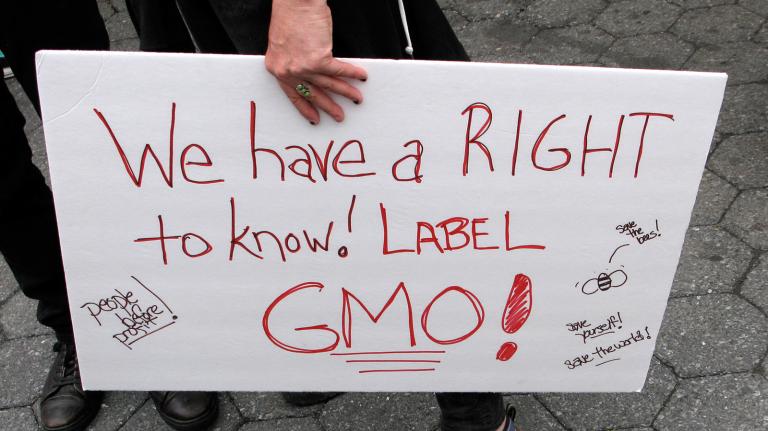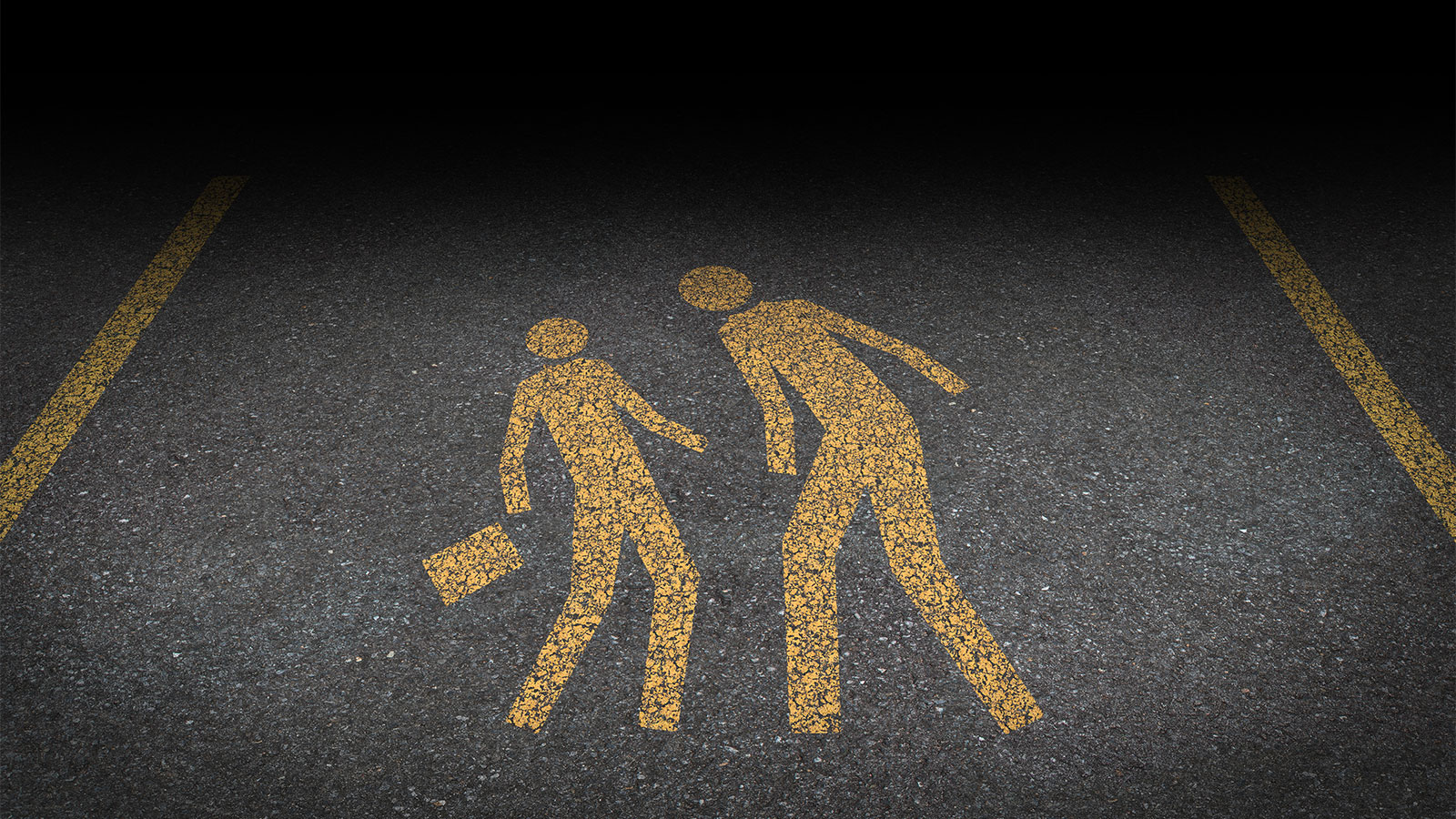When I was in grad school I took a small seminar course on Reasons and Persons, the landmark work of British analytic philosopher Derek Parfit. It’s an extraordinary book, and a difficult one. I recall it made me extremely agitated, even angry — it helped push me away from analytic philosophy for good — though the reasons why are lost to the fog of memory. (That would have been about 16 years ago, he said, oldly.)
The one tidbit from the book that’s always stuck in my memory is one of Parfit’s thought experiments, the case of the “harmless torturers.” There are variations, but one goes something like this.
Imagine a room in which 1,000 victims lie strapped to tables. Next to each table is a device that delivers electric current, operated by a torturer. All the torturers have cranked their machines up to 1,000 volts, leaving their victims in excruciating pain. These torturers are obviously doing something morally wrong, yes?
Now imagine the same room: 1,000 victims strapped to tables, only this time the tables are all connected by long wires to a single device. One by one, 1,000 torturers file by. Each one increases the device’s output by a single volt. A single-volt boost causes no discernible change in pain among the victims, yet by the end of the process, the victims are in the same agony. Each of these torturers committed an act that, taken in isolation, caused no harm, or at least indiscernibly small harm. They are, in Parfit’s term, “harmless torturers.” Yet the cumulative effect was the same. Has a harmless torturer done something morally wrong? Is she culpable like the torturers in the first example?
—
Julian Sanchez wrote a great post last week using Parfit’s thought experiment as a lens through which to view current debates about racism and sexism (in particular, that notorious video of a woman getting harassed on the streets of NYC). He summarizes:
It is not enough, Parfit argues, to ask whether one’s actions cause harm when considered in isolation; rather, we should also consider whether our actions are part of a system or pattern of similar conduct that in the aggregate causes harm, even if no individual’s action makes a perceptible difference to the outcome.
There are two important moral distinctions to make here: one, whether an act (or the effect of an act) was intended or unintended, and two, whether a harm is individual or aggregate. There are four possible combinations: One can intend to do individual or collective harm; one can also do either kind unintentionally.
We tend to believe that only intentional harms are blameworthy. I wouldn’t be harshly judged if I struck a deer by accident while driving. But lack of intent is not a get-out-of-jail-free card. We also deem an individual blameworthy when the harm created by his or her actions is a predictable, even if not explicitly intended, outcome of those actions. I would be judged more harshly if it emerged that I was intoxicated when I struck the deer, because accidents are a predictable outcome of drunk driving. Even if I didn’t know — maybe I was one of those dudes convinced that he drives better when a little drunk — I ought to have known. The knowledge was readily available. And so I am culpable.
The same is true of aggregate harms. If I catcall a woman on the street knowing that doing so contributes to a threatening atmosphere, I am culpable, even though that was not my direct intention. But here’s the question: If I genuinely don’t know that I am contributing to a threatening atmosphere, am I still culpable? Should I have known?
As Sanchez notes, these unintended aggregate harms are the trickiest to deal with, psychologically and socially:
Changing people’s conduct, in these cases, is rendered more difficult because it may require us to thread a tricky rhetorical needle: On the one hand, we want people to regard certain behavior as blameworthy if they keep doing it once they understand its aggregate effects, which may not have been obvious to them. On the other hand, we risk provoking unnecessary psychological resistance if people think that acknowledging those effects requires them to accept a kind of retroactive indictment of their character based on how they behaved when they didn’t know better. …
The tricky balancing act, then, is getting people to see how their conduct may be harmful, or rather, part of a pattern of conduct that is harmful in the aggregate—without requiring them to condemn themselves for not having acknowledged the harm sooner, since that will often make them resist acknowledging it.
For a man who regularly catcalls women on the street, thinking it does no harm, acknowledging that harm would mean acknowledging that he has been, well, kind of an asshole. No one wants to think that of themselves, so to the extent acknowledging an aggregate harm means retrospective indictment, people resist it very, very strongly and are capable of heroic acts of justification to protect themselves. (Or their tribe — sometimes acknowledging an aggregate harm amounts to a kind of betrayal of a subculture that is invested in not acknowledging it.) Acknowledging such a harm requires an enormous amount of psychological sensitivity and rhetorical delicacy.
One could easily apply similar analysis to racial jokes, littering, driving slowly in the left lane, or, if one were desirous of a torrent of harassment and abuse, to “gamergate.” But you can probably see where I’m going with it.
—
How might we think about climate change in this light? It’s true that focusing on individual culpability is a limited instrument when it comes to something like climate, which so crucially involves large-scale collective action and responsibility, but it can help illuminate the extraordinary denial and resistance that has met scientists’ increasingly frantic warnings.
Climate change is Parfit’s thought experiment taken to its logical extreme. Virtually every workaday activity of citizens of industrialized nations — driving to work, turning on the heat in winter, watching cat videos on the internet — cranks the climate torture device by another volt or two. We are collectively ensuring the suffering of millions of distant victims. We are all harmless climate torturers.
But consider a few ways that climate is different from the torture room described above.
For one thing, the wires connecting climate victims to our torture devices are so, so long. The causal chains are complex, diffuse, and probabilistic. People can grok a 1-to-1,000 ratio. They can hold the number 1,000 in their minds, make sense of the context it provides. The “carbon budget” remaining to humanity before it exceeds the 2C threshold is around 825,000,000,000 tons. The average American household generates something on the order of 60 tons of direct and indirect CO2 emissions a year. So the average American household is responsible for 1/13,750,000,000 of the harm. That number is too large, or rather too small, for the ratio to make any intuitive sense. The distance between our acts and the aggregate harm they do is so vast as to utterly confound our imaginations.
Another difference: Torturing people isn’t good for you. You won’t lose anything by stopping it. Same with catcalling women on the street or making racial jokes; you might get a kick out of it, but it doesn’t cost you anything not to do it. Emitting carbon, however, is good for you — it’s how you get places, heat your home, run your business, obtain your food. The benefits it provides you are, relative to the distant aggregate harm it does, tangible and immediate. At least right now, this is true for most people in the world, especially in developed countries.
Another: Unlike catcalling, one can’t just stop emitting carbon, at least if one wants to take part in modern life. Even the most committed climate hawk is enmeshed in systems that burn carbon, even if they have solar panels on the roof and a Leaf in the driveway.
Another: The aggregate harm of catcalling is apparent to anyone who opens their eyes to see it. (One helpful tip: Talk to a woman about it!) But the extent of the aggregate harm of emitting carbon is not immediately apparent. It’s going to be decades before the number of people harmed by carbon emissions exceeds the number of people who benefit — and by then, of course, it will be far too late to do anything about it.
—
I don’t really have a grand conclusion to this depressing meditation. All this just points yet again to the extraordinary difficulty in convincing people of a set of facts that implicitly indicts them, that casts them as, in some small way, responsible for harms so large as to be almost incalculable — a set of facts that implies that they are, harmless or not, torturers.



